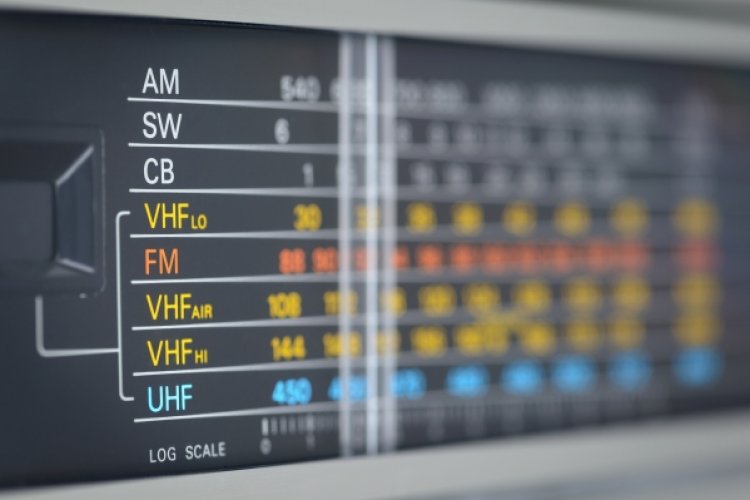Shortwave gets $9M to bring back Google Inbox
Google’s Inbox experiment was a glorious thing while it lasted. Launched as an invitation-only service in 2014, it was the company’s next-gen email client. Because it was so good, it’s no surprise Google shut it down in 2019. Thankfully, though, a group of ex-Google/Firebase employees is now resurrecting the Inbox experience — with a bit […]

Google’s Inbox experiment was a glorious thing while it lasted. Launched as an invitation-only service in 2014, it was the company’s next-gen email client. Because it was so good, it’s no surprise Google shut it down in 2019. Thankfully, though, a group of ex-Google/Firebase employees is now resurrecting the Inbox experience — with a bit of the Slack user experience mixed in, too.
The team behind Shortwave (CEO Andrew Lee, CPO Jacob Wenger and CTO Jonny Dimond) all previously worked on Firebase at Google, as did many of the company’s other early employees.
Like Inbox for Gmail, Shortwave is essentially a Gmail-centric email client, and you can easily switch back and forth between the two. But it’s also much more than that. Think of it more as Inbox re-imagined for 2022.
As Lee told me, the team took two important inspirations from Inbox. “One is the idea that you should work with your email in groups,” he said, referring to Inbox’s ability to bundle emails by topic. “As the volume of email grows in your inbox, it becomes impractical just to page through every single email. Even if you have all the keyboard shortcuts and your app is super optimized, just scanning through all that stuff takes a long time.” While you want to know about automated emails like calendar notifications for example, chances are you’ve already accepted those invites in your calendar, for example, so marking all those as read or snooze them for later with a couple of clicks saves a lot of time.
In addition, the team also built Shortwave with the idea that your inbox, whether you like it or not, is a to-do list. “You can either give users the tools to manage [their inbox] like a to-do list, or you can force them to manage it in their heads,” Lee explained. “They added a literal checkmark in Inbox to say, ‘hey, you’re marking this thing as done,’ as well as other to-do list-type features. We’ve done the same thing.”
In Shortwave you can pin emails to the top of your inbox, for example. To me, that’s a better way of dealing with messages than using Gmail’s star feature, but that may just be a personal preference (I often star emails, only to then never return to them). You can also reorder messages in your inbox as needed — or organize them into your own custom bundles.
As you would expect from a modern email client, it also features the ability to snooze messages.
On top of the Inbox experience, the team also implemented features from modern chat clients like Slack. You can respond with GIFs and emojis, for example, and Shortwave features Slack-like reactions. There are also channels for group conversations and the usual @mentions, in addition to other features that are meant to make group conversations easier, especially in a business setting.
When everybody in a conversation is on Shortwave, you will also get typing notifications and you can see if others are online.
I’ve been testing Shortwave for a few days now and it does remind me of the early days of Inbox (though unlike the iOS app, the Android app is still a bit rough around the edges, something the team is aware of).
As Lee told me, the team is mostly targeting business users. And while anyone can use the service for free, it’s using a Slack-like monetization model where users who want to have more than 90 days of email history in the service will have to pay.
Shortwave also today announced that it has raised a $9 million Series A round, which it actually closed all the way back in April 2020, right after the team got working on the product. The round was led by USV and Lightspeed. The co-founders also invested in this round, as did Flybridge Capital and Afore Capital, as well as a number of angels, including Immad Akhund (CEO, Mercury), Peter Reinhardt and Ilya Volodarsky (the founders of Segment) and Oliver Cameron (founder of Voyage).










